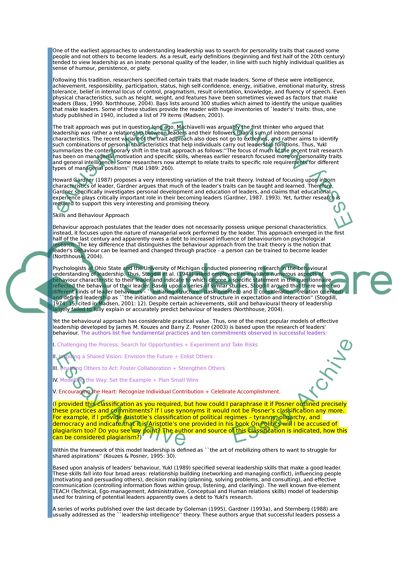Cite this document
(Leadership and Change Report Example | Topics and Well Written Essays - 4000 words - 1, n.d.)
Leadership and Change Report Example | Topics and Well Written Essays - 4000 words - 1. https://studentshare.org/human-resources/1707792-leadership-and-change
Leadership and Change Report Example | Topics and Well Written Essays - 4000 words - 1. https://studentshare.org/human-resources/1707792-leadership-and-change
(Leadership and Change Report Example | Topics and Well Written Essays - 4000 Words - 1)
Leadership and Change Report Example | Topics and Well Written Essays - 4000 Words - 1. https://studentshare.org/human-resources/1707792-leadership-and-change.
Leadership and Change Report Example | Topics and Well Written Essays - 4000 Words - 1. https://studentshare.org/human-resources/1707792-leadership-and-change.
“Leadership and Change Report Example | Topics and Well Written Essays - 4000 Words - 1”. https://studentshare.org/human-resources/1707792-leadership-and-change.


